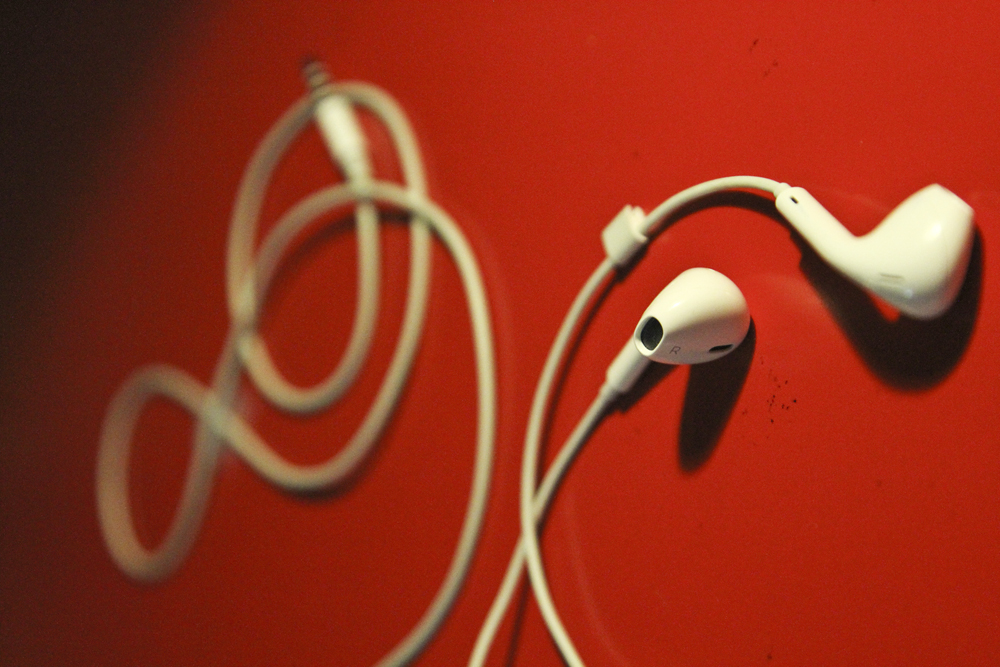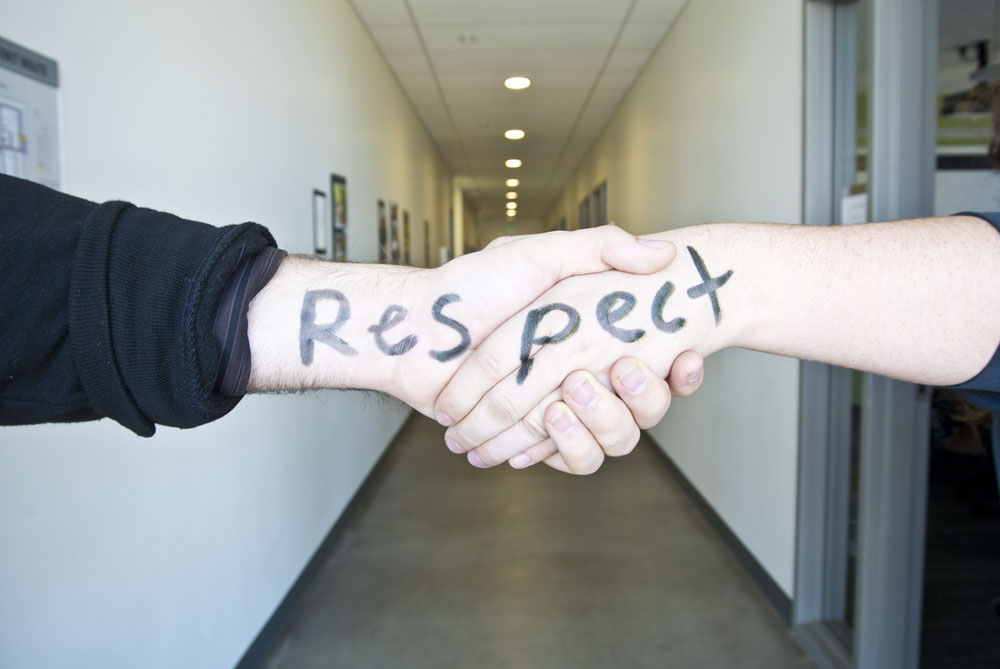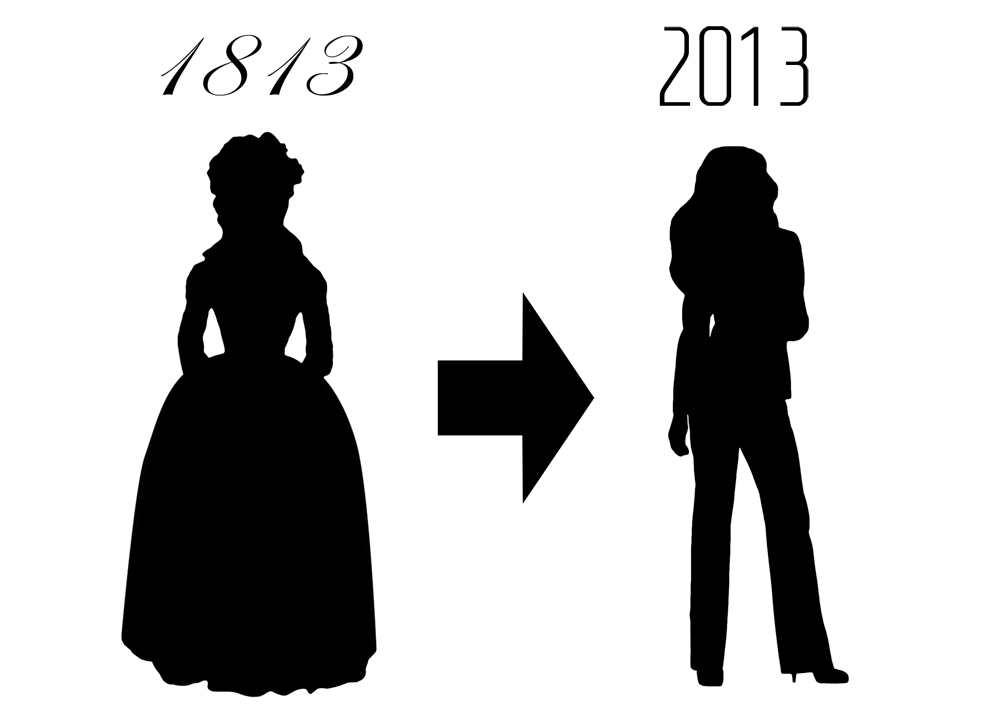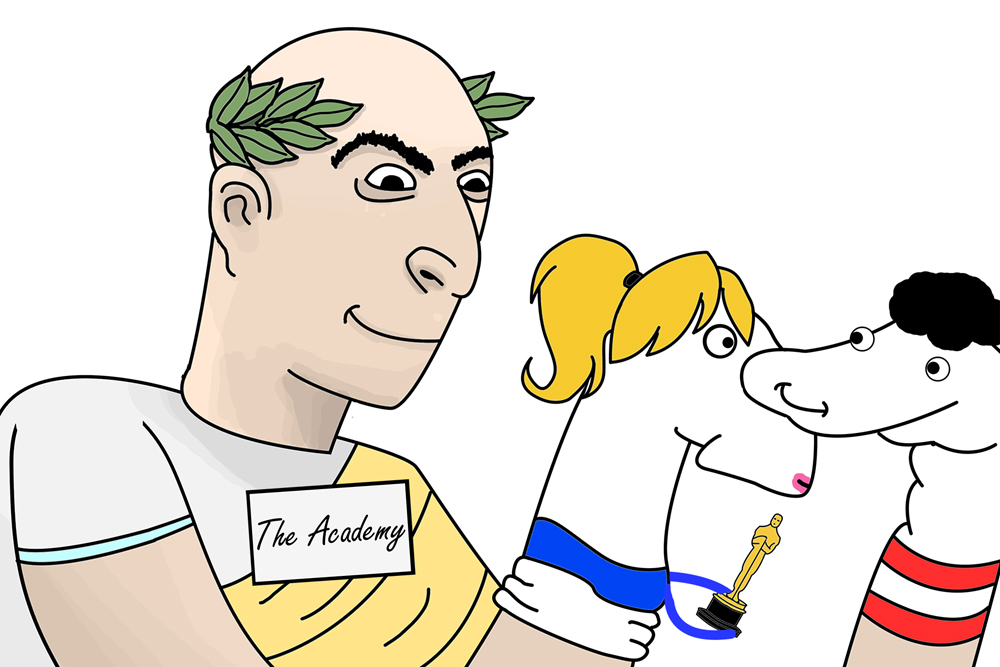“How much do I not give a f**k? Let me show you right now, ‘fore you give it up.”
With that, a choral rendition of “Sermon (He’ll Give Us What We Really Need)” interrupts the chaotic industrial synths that otherwise constitute Yeezus’ opening track, “On Sight.” A few seconds later, as suddenly as they departed, the synths tear through the chorus and resume their pulsation to the song’s finish.
For those who haven’t heard the newest album from pop culture’s evil genius Kanye West, you’re not just missing out on a righteous jamming experience. Incongruous sonic parings and sudden interruptions like those in “On Sight” provide valuable insight into the 21st century schizoid mind.
Asked about the album’s contradictory elements in an interview with BBC Radio1, West claims, “It’s just the way I was consuming information in my life at that time.” This information includes Internet hate, dabbling in new kinds of art and unsuccessfully attempting to get funding for fashion design. West opines, “This is what frustration f**king sounds like.”
Yeezus conveys West’s multifarious thoughts in a couple of major ways. Tracks like “On Sight,” “New Slaves” and “Bound 2” show him torn between innovation and homage as he slaps together opposing musical styles.
“New Slaves” finds West rapping over an eerie minimalist beat, until a soulful outburst from Frank Ocean interrupts it. On “Bound 2,” a few slickly produced bars featuring Charlie Wilson interject amidst the sampled 1971 Ponderosa Twins Plus One song.
By switching between the frenzied and the smooth—the new and the old—and maintaining their separate forms, West forsakes his previous method of harmoniously entangling the two (which he still does on “Blood on the Leaves,” in which an auto-tuned West duets with Nina Simone’s version of “Strange Fruit,” to disturbing effect).
Another of West’s methods for communicating frustration on Yeezus is to include non-musical sounds. On “Black Skinhead” and “I’m in It” he uses the sounds of panting and barking dogs. For the most viscously disrupted track, “I Am A God,” West actually screeches throughout the song, and at one point halts the track for four seconds before breaking in with another shriek.
Additionally, this track bears the album’s most talked about lyric: “In a French-ass restaurant,/Hurry up with my damn croissant.” Misfire though it is, this line is thematically valuable when considered alongside the rest of the lyrics, regarding his delusions of apotheosis and the haters he proved wrong when he “brought real rap back.” It shows the confusion that makes up his daily “information” and “frustration.”
Through this schizophrenic collage, then, West brings the listener on a tour through culture, egotism, love, sex and frustration that refuses to cohere these issues into a traditionally organized structure. Instead, West preserves the tangled and tangential raw state of experience and consumption, keeps it in its place and produces it into sonic expression. It provides, I think, a deeper-seated, more authentic communication from artist to audience.
Such disrupted structuring has appeared in hip-hop a couple of other times this year.
The Weeknd’s studio debut, Kiss Land, includes horror movie screams and other extra musical sound effects. Also, the tracks “Professional” and “Kiss Land” contain arbitrary sonic swerves (I say arbitrary, because they don’t seem to accompany any sort of lyrical shift).
Then there’s Drake’s new album that, like Yeezus, produces a jarring effect by switching suddenly between its innovation (this really awesome method of constricting samples, which produces a suction sound) and old-school jazz piano.
Both of these albums represent the contemporary mind’s ADD.
But why does this kind of experimentation in hip-hop warrant so much attention, when plenty of rock and independent label musicians have already experimented with song structure? Well, I think this experimentation is happening in hip-hop right now for a good reason, and can influence pop music more than rock or independent bands can.
Thanks, ironically, to crossover artists like West, hip-hop and pop have so likened themselves to each other that they no longer simply dip their feet into each other’s waters. Pop artists rap as much as they sing (see the hideous new release from Miley Cyrus), while hip-hop artists compose their own pop hooks. Nicki Minaj is the poster child for the hip-pop crossbreed, and the fact that she explodes the charts every few months should come as no surprise. She appeals to both camps.
However, there is still a thread of hip-hop’s alienation from pop music. The edge that differentiates the dark triumph of “All of the Lights” from the gooey triumph of “Firework” makes the every-dad tell his every-child to “turn that Weezy garbage off” and represents a persistent separation between the moods of pop and hip-hop that allows hip-hop to play with pop’s inoffensive songwriting formula. This is where Yeezus comes from.
West admits that Yeezus purposefully works against the popular music institution the rappers already perfected. In that same Radio1 Interview, comparing his last album, My Beautiful Dark Twisted Fantasy, to Yeezus, West claims, “I showed people that I understand how to make perfect, but that’s not what I’m here to do. I’m here to crack the pavement and make new ground sonically and societally.”
That West, the Weeknd and Drake’s new sonic ground still reach the top 10 in sales provides inroads for pop musicians to perform similar musical swerves. If disruptive hip-hop makes a norm out of the raw representation of the hectic mind in the Internet Age, it may empower pop musicians to abandon tropes derived from pop music’s criteria of preteen accessibility and make a real statement.






